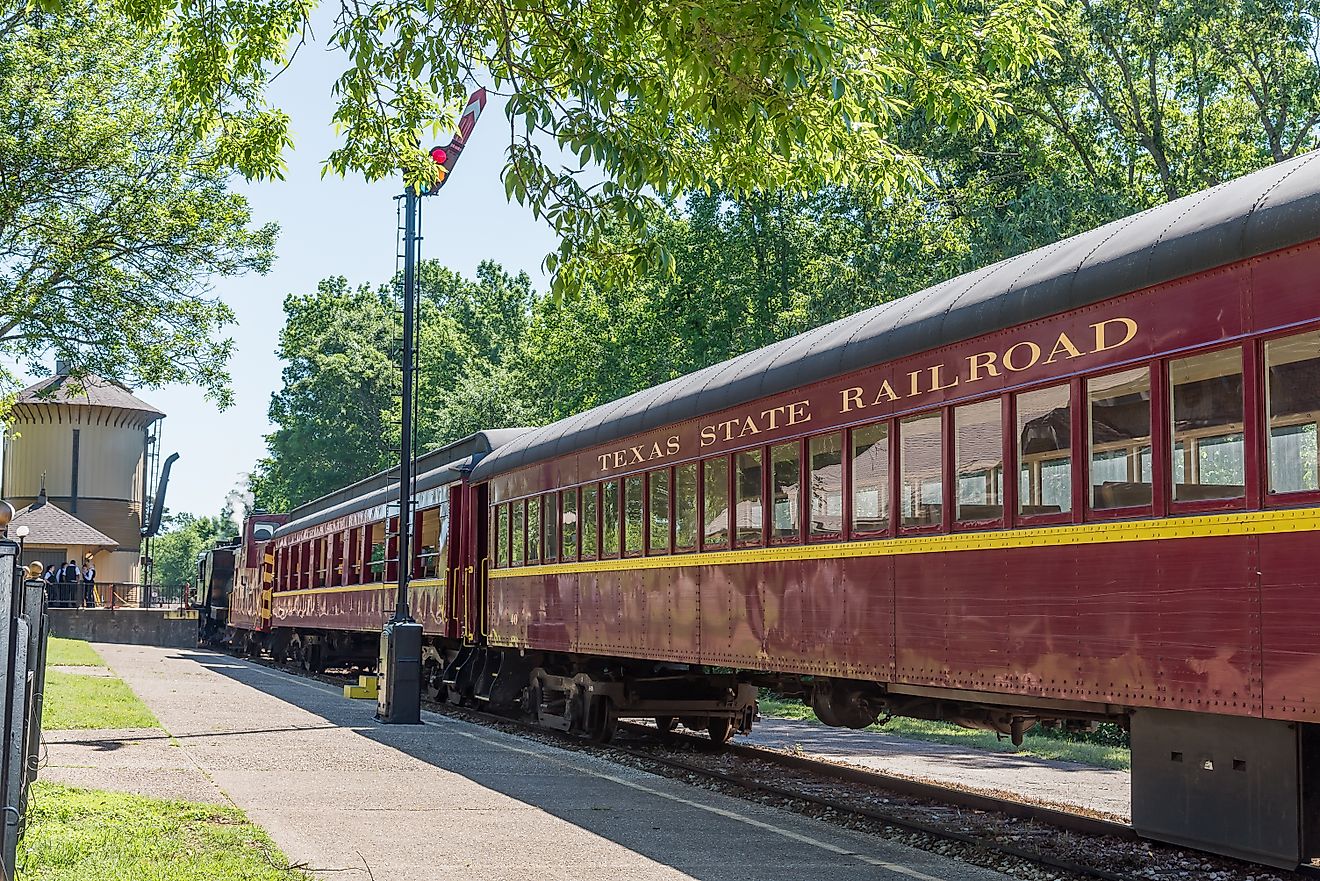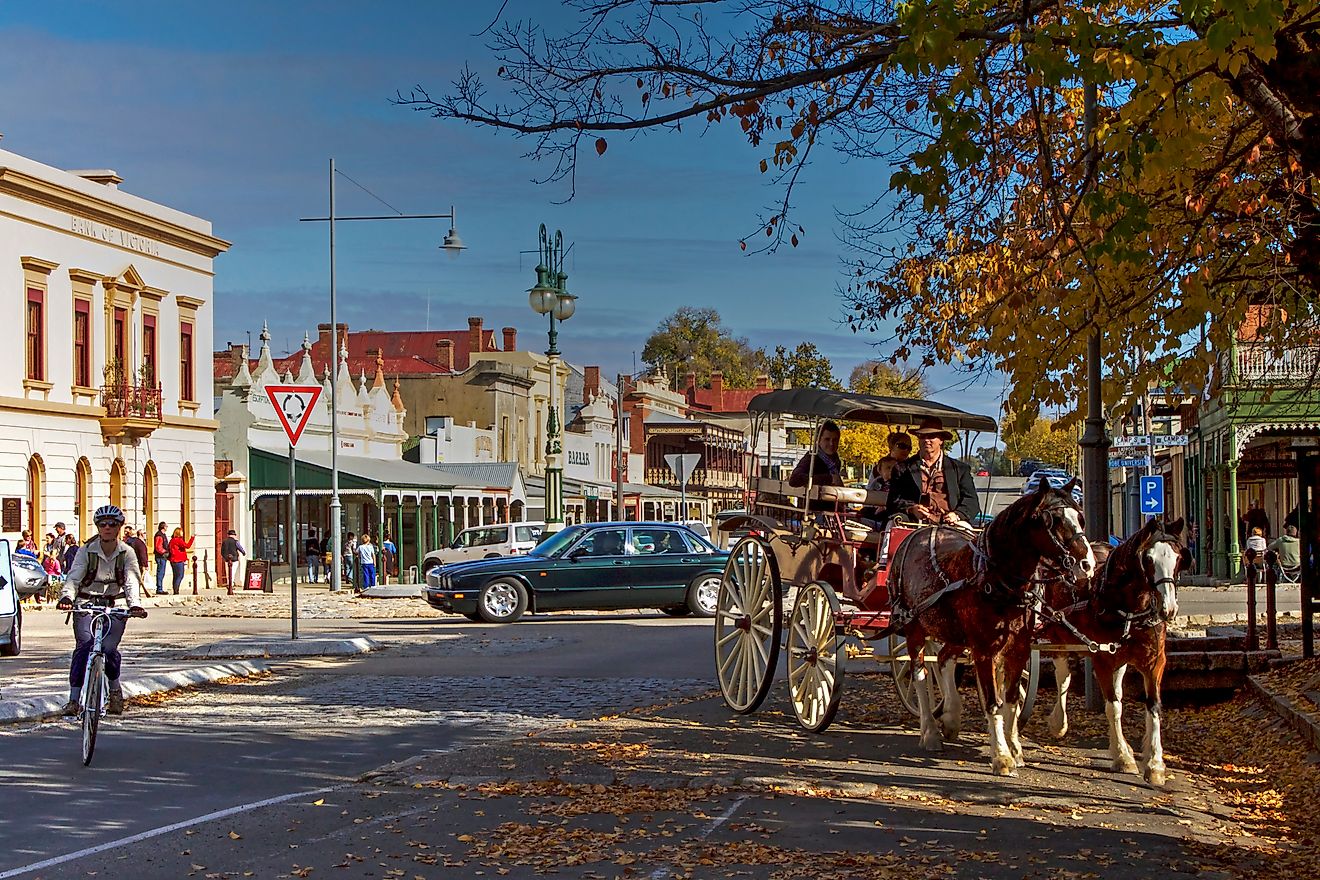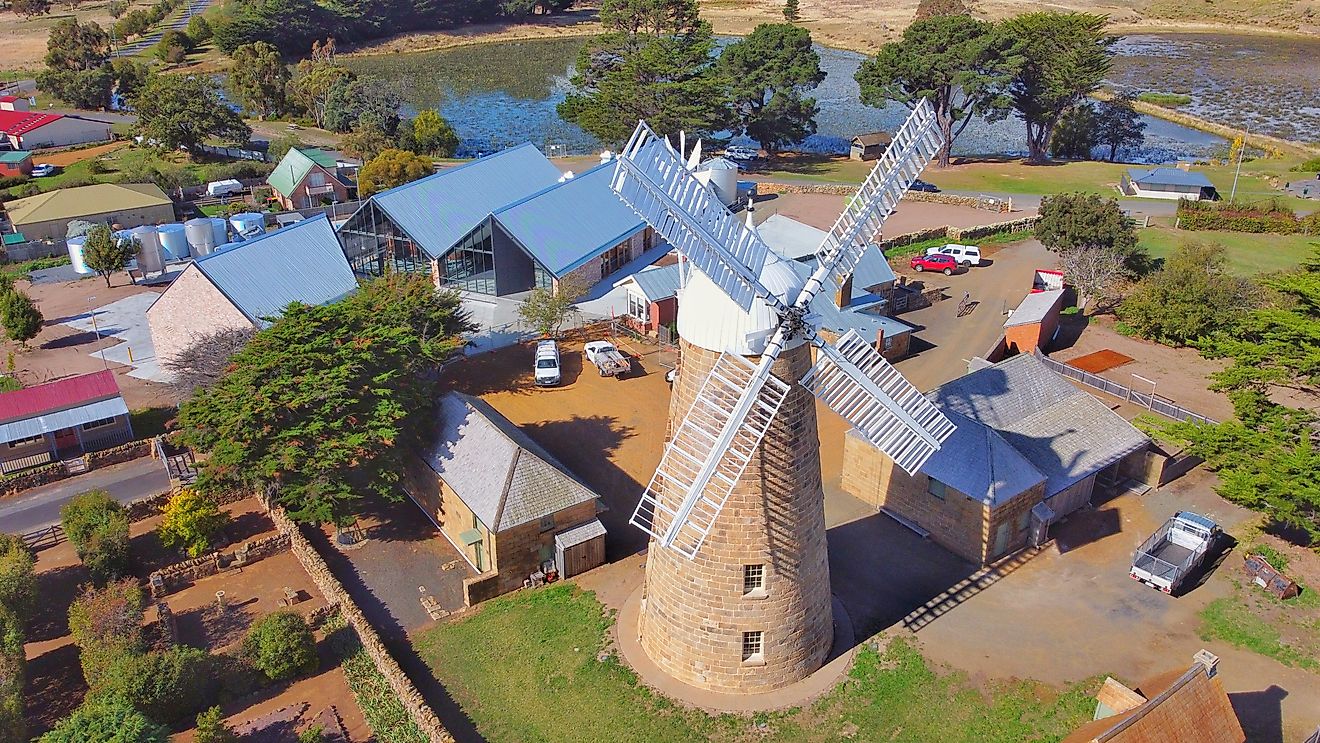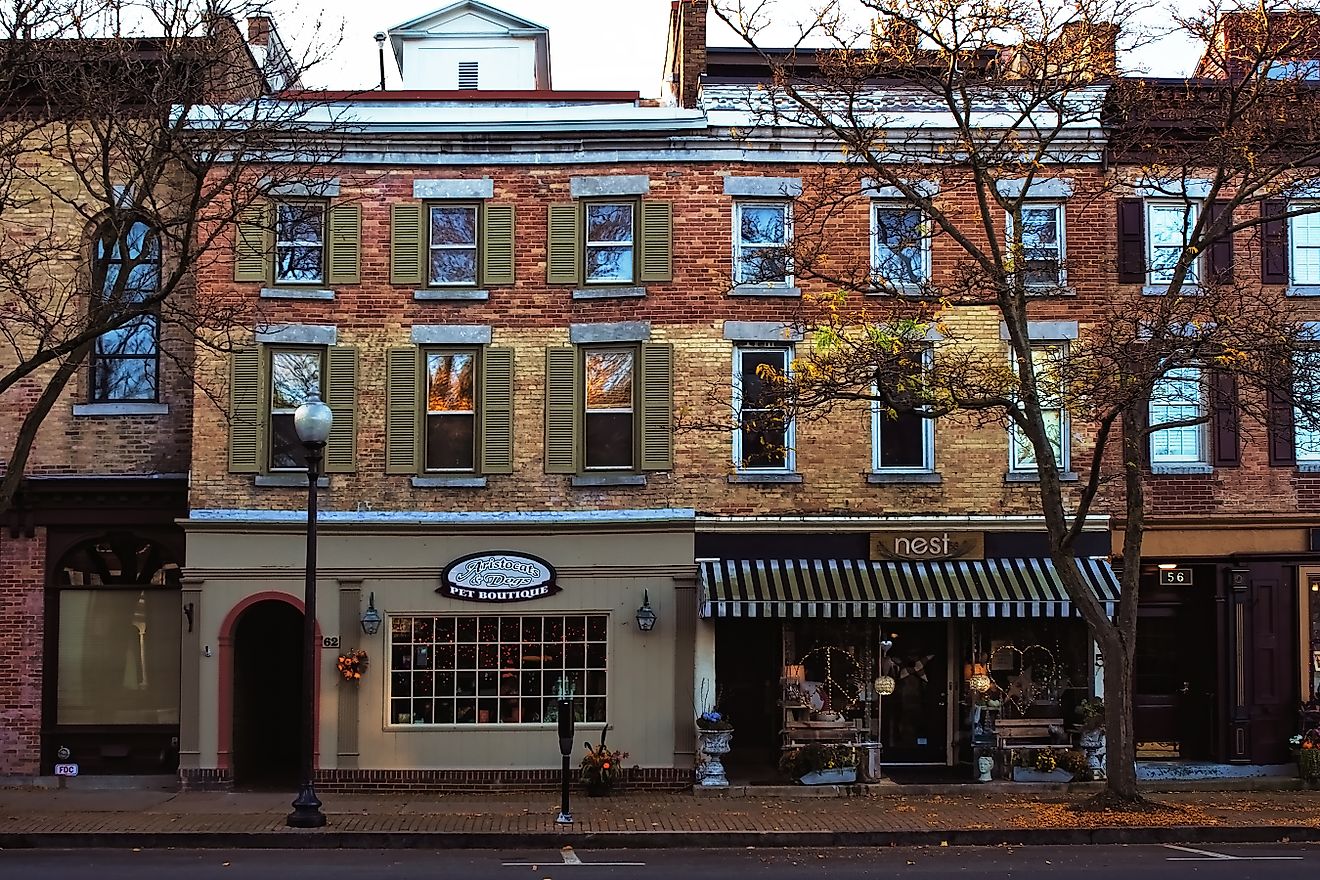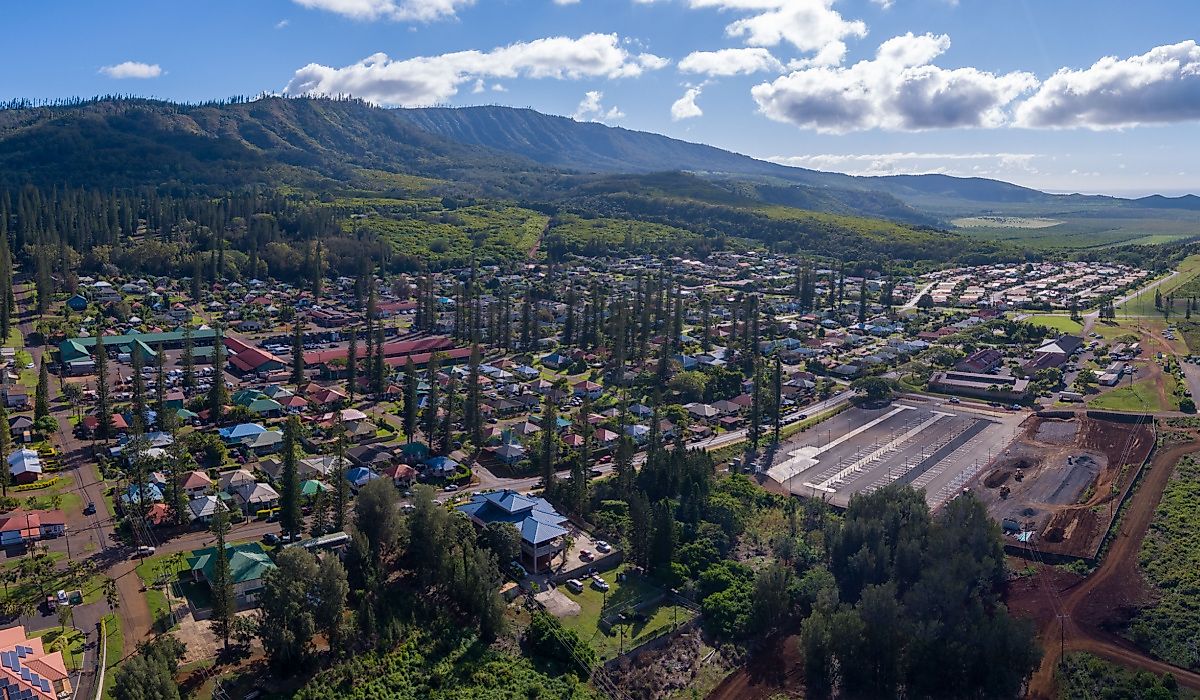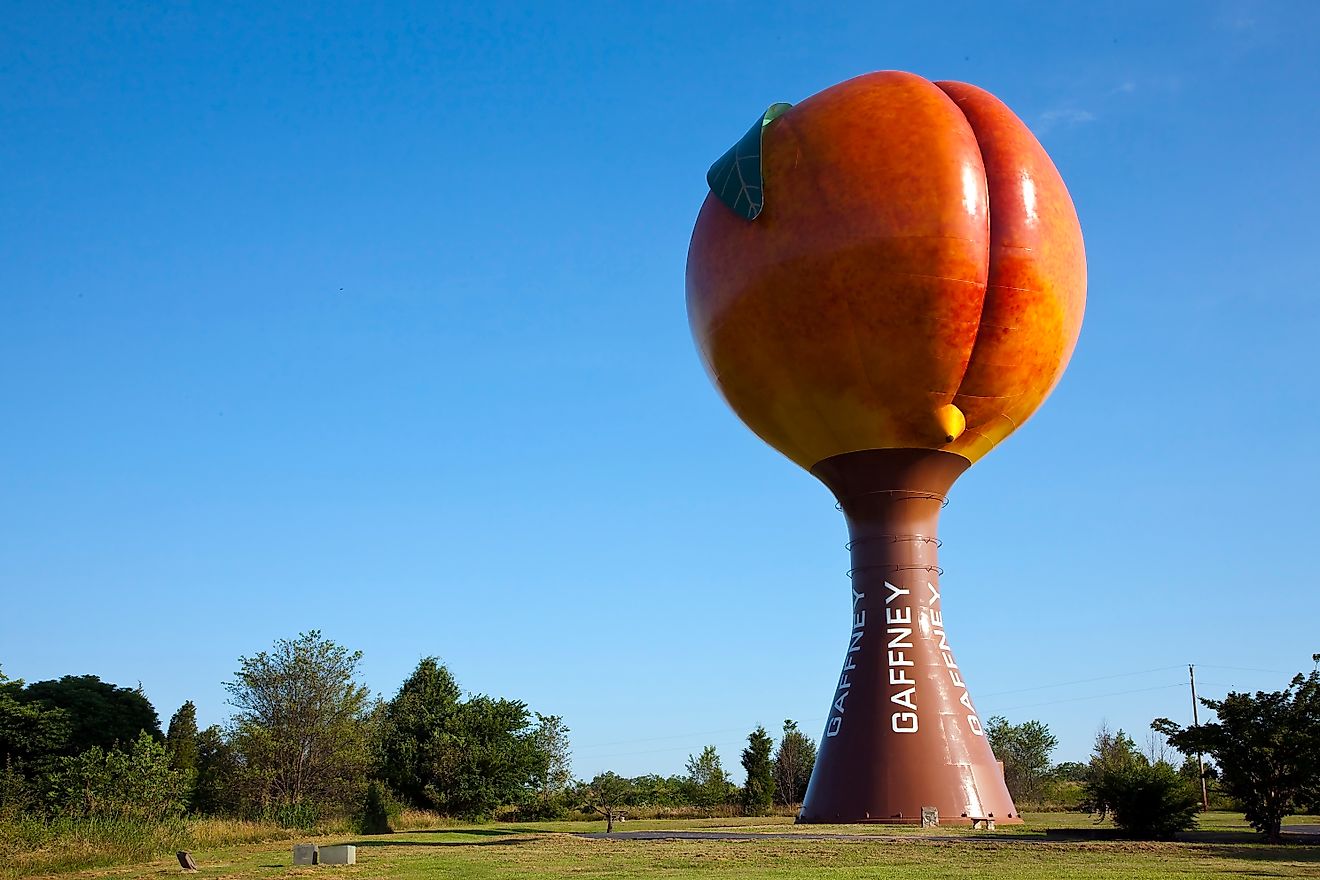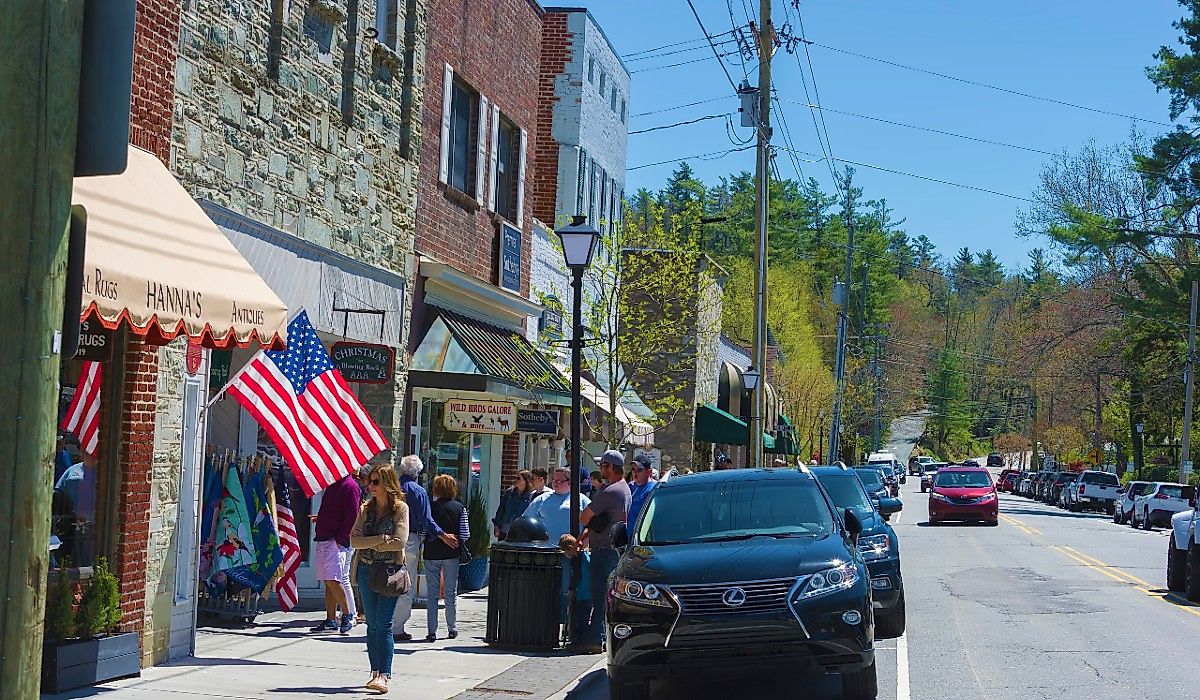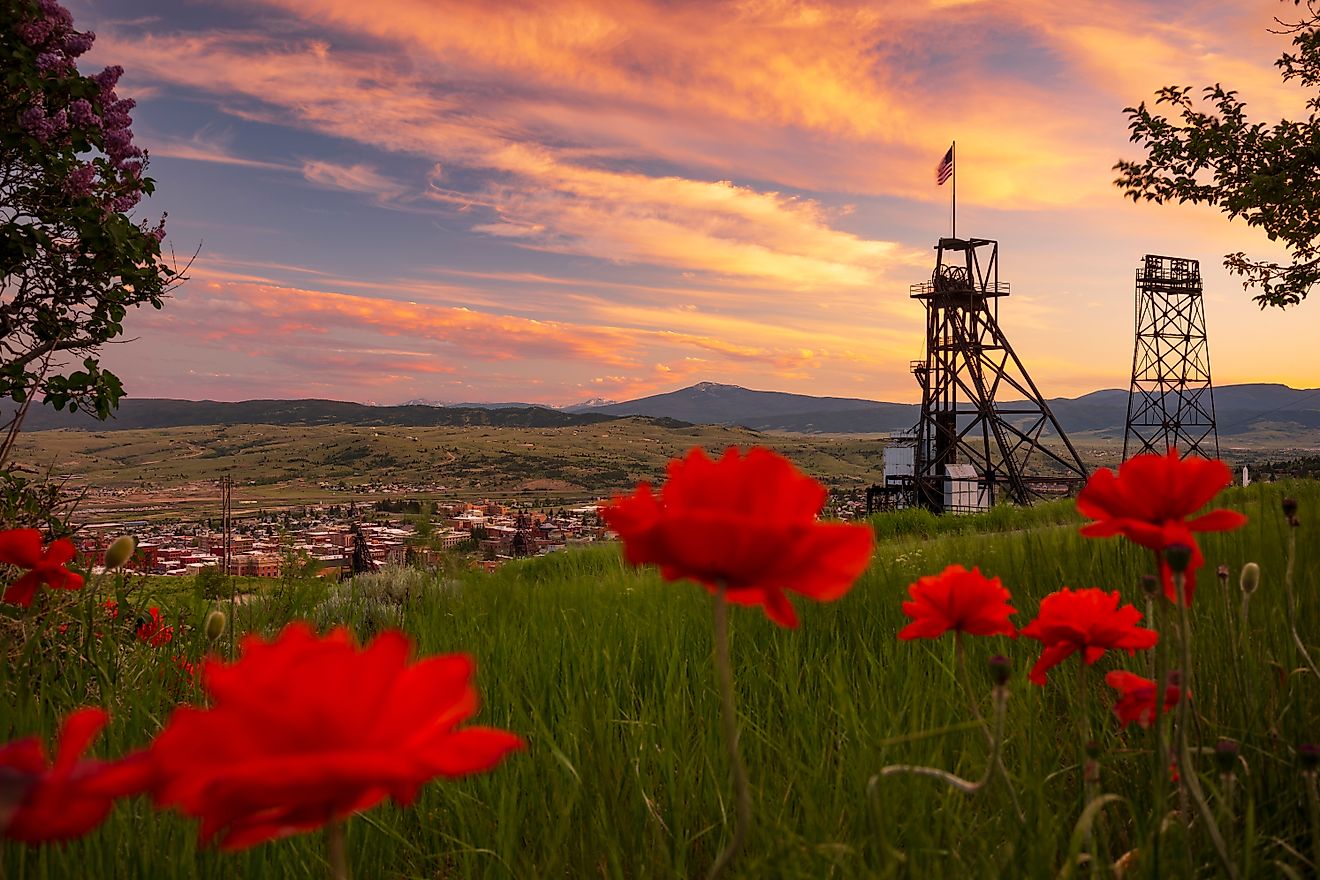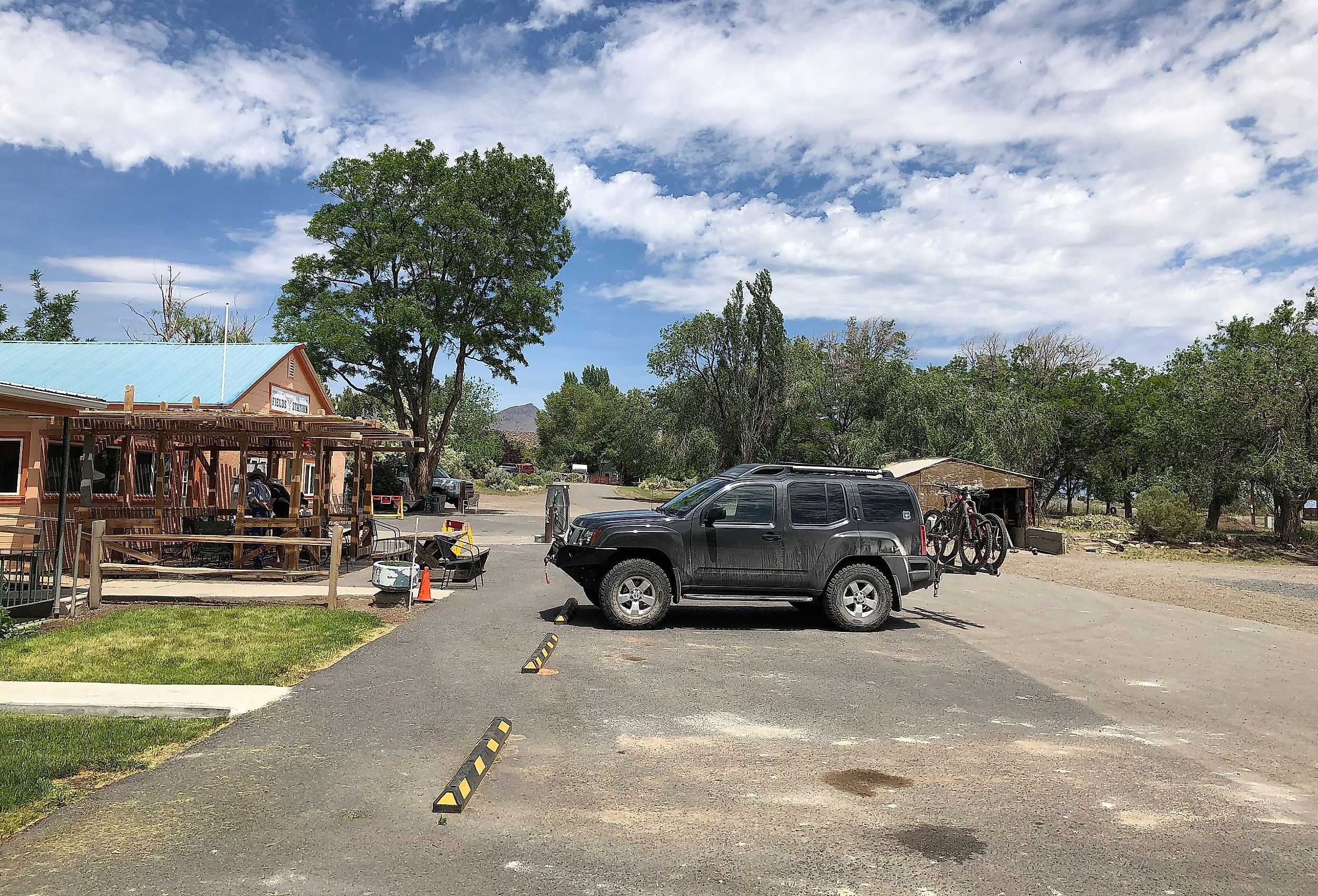
You Won't Believe This Town Is In Oregon
The Pacific Northwest (PNW) generally elucidates imagery of forest-blanketed mountainscapes and almost constant overcast, rainy days. But the eastern half of this region is often quite the opposite, with arid deserts and sunshine baking the earth for most of the year. The eastern PNW is also far less populated than its western counterpart, being built up mostly of smaller towns and cities. One of the smallest of which is Fields, a one-street community surrounded by some of Oregon's starkest scenery.
For those of you who love getting off the beaten path and finding true solitude in nature, read on to learn more about this little-known yet memorable destination that you should consider visiting.
A Brief History of Fields
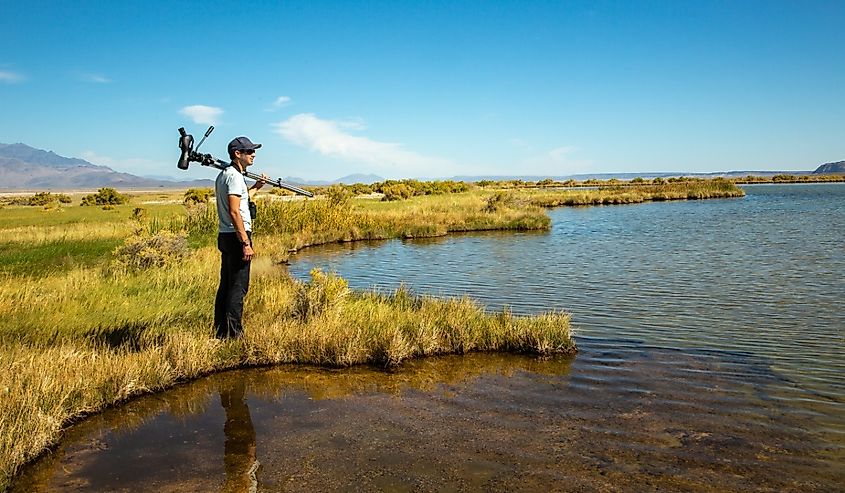
This quaint little community began as a modest ranching outpost in the late 1800s, established to support cattle operations in the remote southeastern corner of the state. The town was named after Charles Fields, an early settler who operated a stage stop and store in the area around the 1880s. Its location along historic travel routes between Oregon and Nevada made it a useful waypoint for ranchers, sheepherders, and mail carriers alike. A post office was then established in 1913, further anchoring the town’s role in the region for later generations.
Though its population has remained minute (at only around 120 residents in 2025), Fields has long served as a supply point for those working in the surrounding desert and mountains. Today, it remains a hub for not just ranching but outdoor travel, too, with a decent selection of nearby natural landmarks and parks to see.
A Desert in an Otherwise Green State
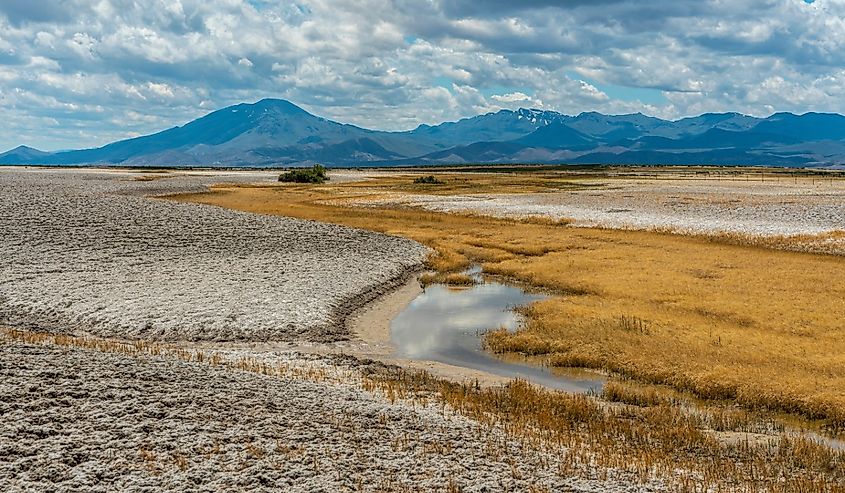
Fields sits in the relatively empty southeastern corner of Oregon, right near the extremely dry expanse of the Alvord Desert. It more precisely lies at the base of the Pueblo Mountains, near the Nevada border, in one of the most sparsely populated and geologically rugged areas in the entire United States.
Unlike the forested valleys and rainy coastlines typically associated with this Pacific Northwest state, this tiny town is defined by its dry steppe climate, open plains, and surrounding basalt ridges that are more akin to something you would see in the Southwest.
As you can imagine, precipitation here is minimal year-round, with wide temperature swings between day and night as well. Furthermore, wind-scoured terrain and alkaline playas dominate the local landscape, while dust devils and distant mirages are common summer features. This high desert geography provides a jarring, if not picturesque, contrast to Oregon’s much wetter regions, making Fields, again, feel a whole lot more aligned with the Great Basin than the Pacific coastline just to the west.
The Alvord Desert
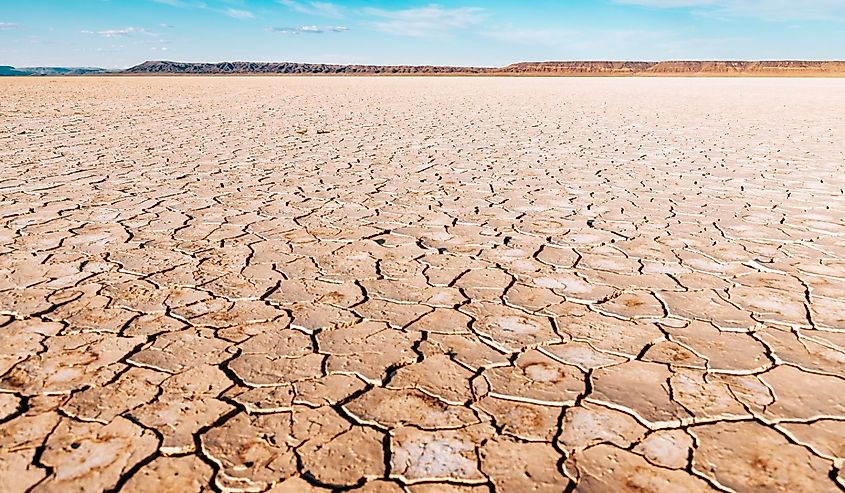
The Alvord Desert lies just northeast of Fields and is one of Oregon’s most outstanding natural features. This dry lakebed stretches for roughly 12 miles beneath the eastern face of Steens Mountain, forming a flat, white expanse of cracked earth and alkali dust. The desert’s wide openness and near-total lack of vegetation give it a surreal, lunar-like appearance.
In the dry months, it becomes a popular destination for stargazing, off-grid camping, and vehicle speed trials due to its extremely flat topography. To add to these activities, the contrast between the lakebed and the snow-capped Steens above creates a dramatic visual backdrop that attracts landscape photographers throughout the year. Access is typically via gravel roads from Fields or nearby Mann Lake.
Hot Springs
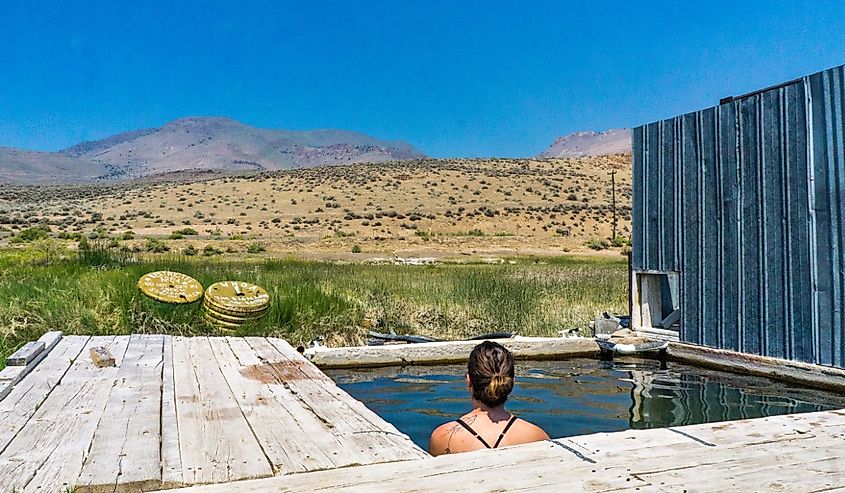
Borax Hot Springs, also called Borax Lake Hot Springs, is a geothermal area located about 7 miles north of Fields. Additionally, Alvord Hot Springs Bath House and Campground sits along the western edge of the Alvord Desert, about 20 miles from Fields. The site includes two soaking pools, one open and one partially enclosed, both fed by a natural hot spring that emerges near 170°F and is cooled to safe soaking temperatures.

You can stay overnight in basic bunkhouses, tent campsites, or RV parks, though there are no hookups. There is also an on-site store selling snacks and essential supplies, and bathrooms are available.
Campers have direct access to the desert playa via a private road, with the location being especially popular for those looking to soak under open skies or use the area as a base for exploring Steens Mountain without having to go back into town for the night.
Steens Mountain
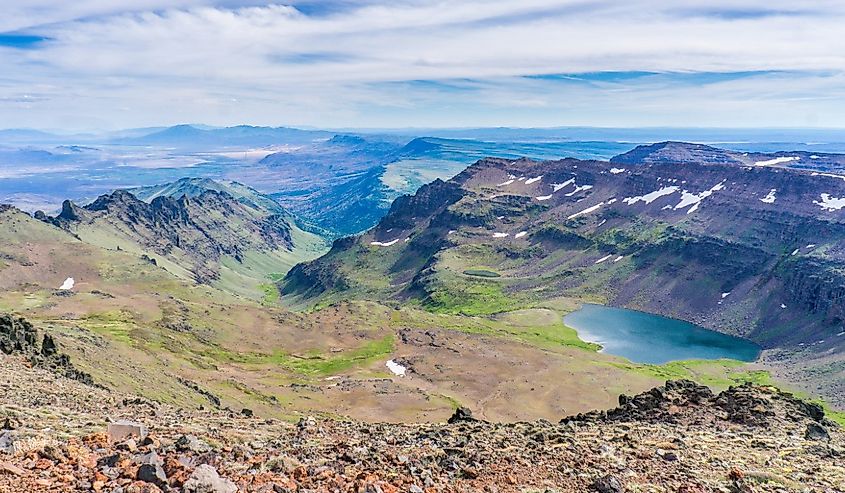
Steens Mountain rises abruptly from the desert floor directly north of Fields, forming one of Oregon’s most prominent fault-block ranges. Stretching over 30 miles in length and topping out at 9,733 feet, it dominates the horizon and creates a distinct divide between the desert-scapes and the high-elevation ridges looming above. Hiking, birdwatching, and backcountry camping are popular activities on the mountain in the warmer months, with the upper elevations often remaining snow-covered into early summer, giving you an escape from the heat at the very least.
The mountain summit trailhead is accessible by a backcountry road off of Highway 205, open seasonally, that climbs through changing ecosystems, from sagebrush steppe to aspen groves and alpine meadows.
Several viewpoints, including Kiger Gorge and the East Rim, offer excellent overlooks, many of which were carved into the earth by ancient glacial activity. Wildlife such as bighorn sheep, pronghorn, and golden eagles are common throughout the area, so keep your eyes peeled to both the ground and sky and your camera ready at all times.
Journey to This Remote Oregon Town Today
The town of Fields may be small, but its surroundings speak on a grand scale of both human and natural history. Set in one of the most remote corners of the Pacific Northwest, the region is defined by borderline inhospitable deserts, a concentration of geothermal springs, and towering mountains that are just as rough and rugged as they are beautiful.
Whether you are kicking back in one of the hot springs, crossing the Alvord Desert, or adventuring up Steens Mountain, Fields will certainly give you an Oregon experience that few expect!


